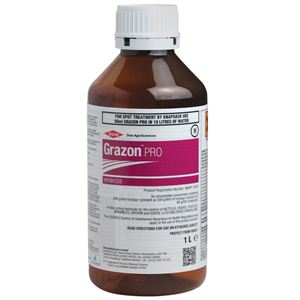The winners of the 2015 National Dairy Council and Kerrygold Milk
Quality Awards did a number of simple things right on their dairy farm,
according to the judges.
Don Crowley from Teagasc West Cork said the overall hygiene on the dairy
farm is excellent, with a very good solid and structured cleaning procedure.
He detailed how the yards, housing and roadways are kept clean and well
maintained and the milking is stress free with a good routine, regular milking
times, along with good handling and drafting facilities.
 The constant use of information, with milk quality issues monitored
through text messages received from Drinagh Co-op and reports from milk
recording and ICBF.
The constant use of information, with milk quality issues monitored
through text messages received from Drinagh Co-op and reports from milk
recording and ICBF.
Data is recorded in the milking parlour on a whiteboard and the chart in
the dairy and use of a daily diary.
Top tips for good quality milk
·
Milk recording
·
Preparing for milking
·
High SCC cows identified and steps taken to treat them
·
Regular used of hot water
·
Plant is descaled weekly
·
Milk is cooled to a low temperature
·
Herd health is top class
During milking, gloves are always worn and every cow gets wiped with a
paper towel every milking. If teats are dirty, they are washed and dried.
After milk recording any cow with a high cell count is checked with the
CMT test kit to find the high SCC quarter. It is then treated until cured and
the cow is checked again with the CMT kit to ensure she has cured before her
milk is allowed back into the tank.
The parlour on the dairy farm has a cluster flush system that rinses out
and disinfects clusters after each cow. This helps prevent any cross
contamination between a high cell count cow and the next cow to the milked
After Milking
After milking, clusters are washed on the outside first.
The plant is then rinsed out with 400L of cold water, the first 100L are
let to run to waste with the filter in, then the filter is removed and the
remaining 300L is circulated and checked to make sure it is clear.
Hot water is then drawn through the plant and let to run to waste until
the returning water is very hot. Then a hot wash solution (Hydrosan liquid) of
200L is made up and the plant is washed with this for 8 to 10 minutes only.
This hot wash solution is then retained for the morning wash.
The plant is then rinsed out with 300L of cold water, so it is ready for
the morning milking.
After the morning milking, the procedure is repeated, except this time
with the cold solution retired from the previous evening and the solution is
then dumped after the second use.
The bulk tank is operated on an automatic wash system using detergent
and descaler from small drums so the volume used can be checked. Hydrogen is
the product used.






